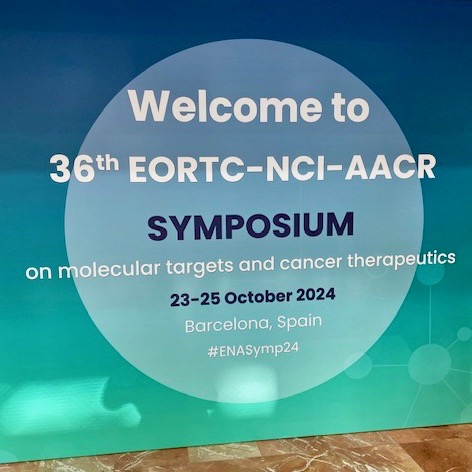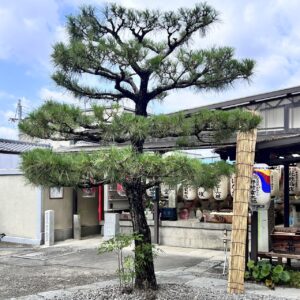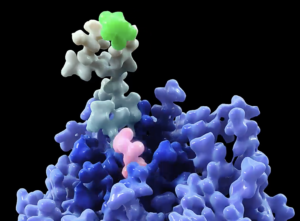RevMed’s approach to kicking KRAS to the kerb

Source: Dr Tillman Pearce, CMO at ALAFIA
It’s all too easy to take life for granted until one is faced with an unexpected devastating diagnosis such as a terminal Stage IV cancer – cholangiocarcinoma or pancreatic ductal adenocarcinoma (PDAC) come to mind, for example.
When we see new early stage agents emerge from Pharma pipelines showing a promising and different concept from what’s gone before then it’s hard to imagine anyone not wanting to see it break the mould and succeed, regardless of who the company is.
This doesn’t mean we should borrow a pair of Dame Edna Everage’s sparkly rose-tinted glasses and abandon common sense.
Last Friday we saw the first-in-human data from a phase 1 readout centred on Revolution Medicines new KRAS inhibitor, RMC-9805, in a presentation by Dr David Hong at the ENA Triple meeting in Barcelona.
The company also presented several posters on the pipeline agents and held a conference call to discuss their progress and next steps. The PanCan community are naturally excited to see some progress with the early stage agents.
This is the second example we’ve seen this month where a company has publicly announced a phase 3 trial opening based almost entirely on phase 1 data. Will it end well or flounder down the road?
In our latest analysis we take a look at some of the many challenges and opportunities to consider when handicapping the odds of success…
To continue reading our latest highlights on oncology new product development including commentary and analysis BSB subscribers can log-in or you can click to access the content.
This content is restricted to subscribers




 Orlando – AACR23 is in full swing and one of the areas gaining a lot of attention at the meeting is a surfeit of new data on targeting KRAS.
Orlando – AACR23 is in full swing and one of the areas gaining a lot of attention at the meeting is a surfeit of new data on targeting KRAS.


